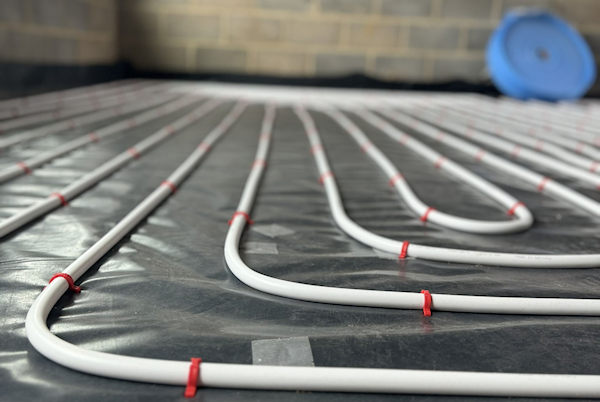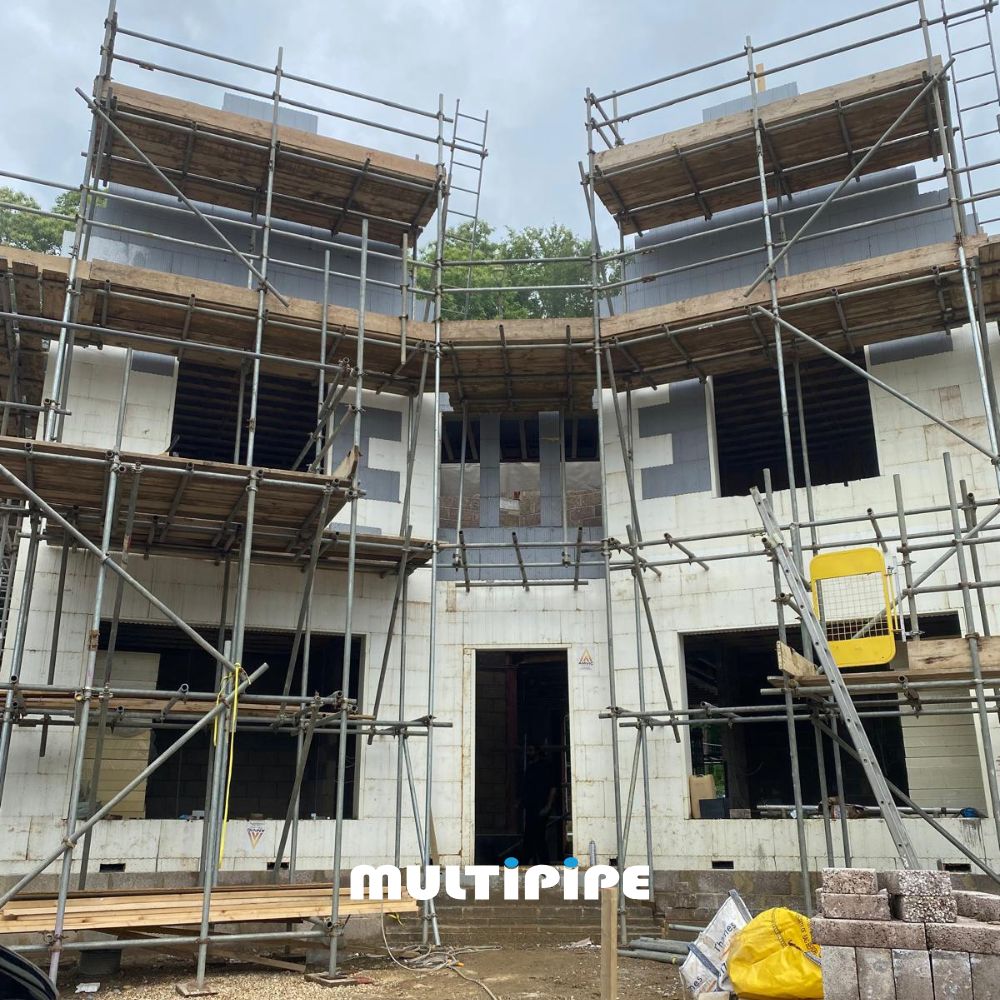
Underfloor Heating Thermostat Positions
Do you know the perfect underfloor heating thermostat positions? If you know Multipipe, you know we believe in the importance of good underfloor heating system design. Great design ensures you get the most from your UFH system by planning, designing, and carefully picking the right products. However, after all that, you can still let your system down by making a very simple mistake in the placement of your room thermostat. In this article, we look at the perfect placement of the thermostat, and I’ve included a simple list of rules to follow to help.
Why is the correct placement of the thermostat essential?
The thermostat is your system’s way of reacting to the room’s temperature. Incorrect placement means the thermostat will respond poorly to drafts and solar gains, especially with modern ITLC stats (Internal Temperature Load Compensation). In this instance, the thermostat can over and under compensate, meaning the system will overheat or underheat.
Is there any regulation on thermostat placement?
Yes, UK building regulations state that height should be used to determine the placement of the thermostat. But here is the crazy thing. Listed below are all building reg instances that mention thermostat height. As you can see, it’s not very clear. We like to say 1.5m above the floor for efficiency, but it does depend on the occupancy. Apart from this, there are no other stipulations.
- Building Reg B1 – height between 1370mm and 1830mm above the floor (mainly forced air units)
- Building Regs M4(2) – height between 900mm and 1200mm
Other things to consider for your Underfloor Heating Thermostat positions:
Solar heat gains
The main influence of thermostat misinformation is solar heat gains. For example, a room can be 21-22°C, but direct sun will quickly raise the temperature shutting off your system. So, placement out of direct sunlight is extremely important.
Walls
If the thermostat is placed on an external wall, you have to watch out for drafts. If you have used a back box, this can also cause issues. So, always make sure the thermostat is away from drafts and back boxes are insulated.
Convenience
The best place for thermostats is typically near light switches. They don’t look out of place and are easy to access.
Airflow
Avoid integrated (plastered in) thermostats (sensors). They tend only to sense the wall temperature and not the airflow in the room, so they often make the room warmer than it needs to be. You need the air to pass the thermostat. On the flip of this, try and avoid large drafts (from open windows and doors).
Underfloor Heating Thermostat Positions Summary:
- Locate the stat at the height of 1.5m for efficiency, except when disabled access is required, and then it must be under 1.2m
- Position the thermostat away from heat sources, i.e. fires, radiators, cookers.
- Locate out of direct sunlight
- Do not block the front of the thermostat as good airflow is needed.
- Keep away from drafts (doors/open windows)
- When a thermostat is mounted on a back box, ensure that the box is insulated as this can affect the sensed temperature.
- Use floor sensors to ensure no overheating of sensitive floors.
Learn more about Underfloor Heating here
The Multipipe team are always on hand to offer advice to ensure you install the thermostat in the best location for your project. Get in touch on 01245 227 630 today to speak to our team.











